 White Elastomeric Roof Coating - Understand The Basics
White Elastomeric Roof Coating - Understand The Basics
If you believe you'll be conserving the roofing decking plywood (not replacing it), then you might save yourself some cleanup problem by eliminating the components first and after that peeling up the rubber! Detail of water damage on camper roof. More water harmed locations on Recreational Vehicle roofing system decking. There was nothing really terrible that made me feel like I was going to fail, but definitely a lot of damage and I was getting the feeling I would be changing a lot of the roofing system decking plywood.
 Spraying Elastomerics And Roof Coatings – A Complete Guide
Spraying Elastomerics And Roof Coatings – A Complete Guide
Additional Reading: Tucson roof repair - DCRoofingArizona.com http://kylerrfiw359.bearsfanteamshop.com/tips-for-applying-your-elastomeric-roof-coating
I went for the easiest one first, a vent cap from a cooking area sink plumbing vent pipeline. Beginning to scrape caulk and sealant. I utilized a stiff scraper with a chisel-like blade and just began prying and cracking and scraping and hacking. There is no other way around this, you just have to begin digging until you expose the screw heads.
Loosening the screws in vent cap. The screws on this vent cap were hex-head metal screws so I used a little socket chauffeur to eliminate them. Some came out clean. Others were rusted and I needed to use a vice-grip pliers to get the heads and turn them gradually.
I discovered an old wasp nest inside the vent cover. This is a sight I'll probably need to get utilized to, finding the remains of animal habitation in every nook and cranny. I invest an awful lot of my time creating good wildlife environment in my backyard so I do not get angered when an animal selects to set up home in my RV.
How To Apply An Elastomeric Roof Coating System For Diyers
Thankfully nobody was home in this old nest so I simply tossed it. Perhaps I'll put a screen over it when changing it. Which brings us to the next point. You should try not to damage these pieces (like vent covers and caps) as you're scraping off the old caulk and sealant simply in case you require to use them again.
(Guess I'll discover out when the roofing is done!) Prying up the vent cap and eliminating the last ring of rubber roofing beneath. So I pried up the remainder of the cap and scraped up the staying rubber roofing system and butyl tape and putty and 25 years of other gunk and here's how it looks tidied up.
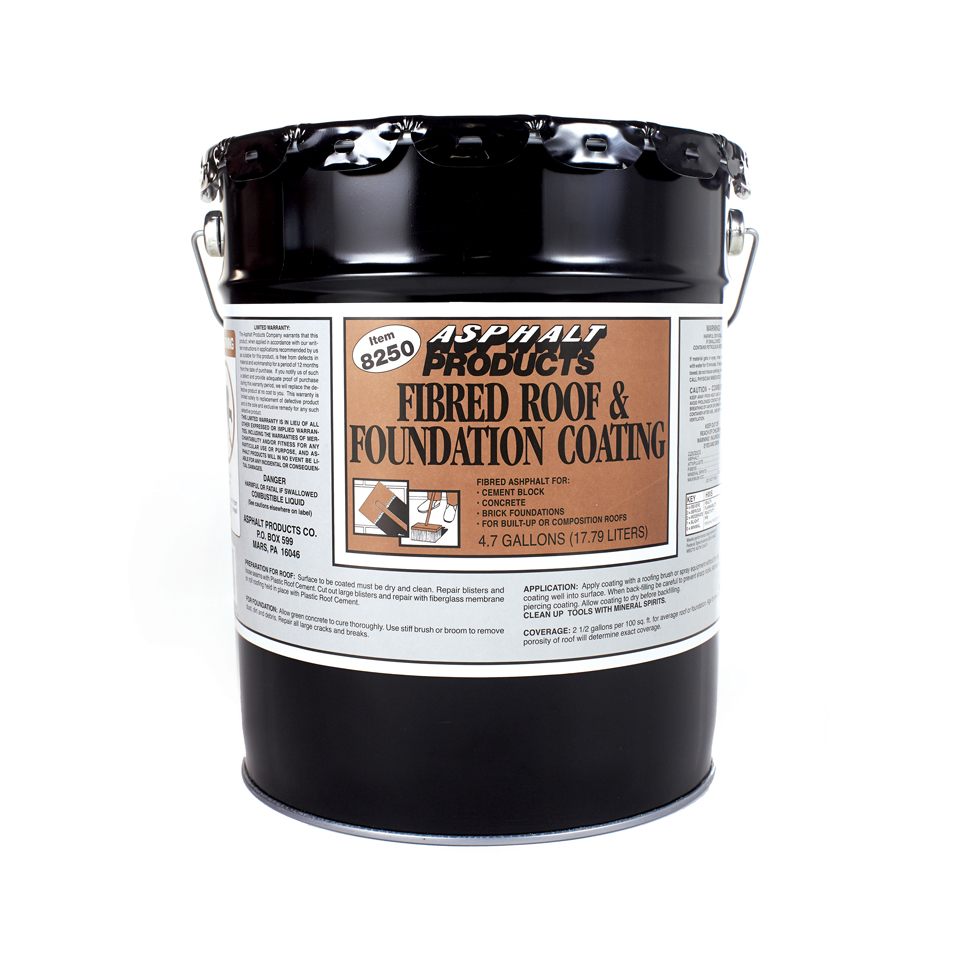 How To Apply Roof Coating
How To Apply Roof Coating
One down, 7 more fixtures to go. Next I decided to deal with the only roofing system ventilation fan that my camper has. My roofing vent also had a vent cover over it. So I began scraping the gunk from those screws. Beginning on the roofing system vent. Hardware exposed on roofing system vent cap, the first nut came off tidy.
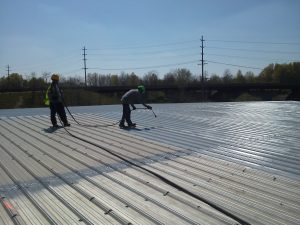 Roof Coating Specialists
Roof Coating Specialists
Bolt is spinning. The fasteners on this Recreational Vehicle roof vent cover were nuts on little bolts. The very first one came off fine with an extension socket package. The second one just began spinning, meaning the bolt was not fixed in place but turning together with the nut. Bummer. A peek at the hardware holding down the roof vent cover.
How To Apply A Roof Sealant
I didn't have any great method to hold the bolt in location so instead I opted to saw through the bolts with a reciprocating saw. Sawing through bolts on roof vent cover. I utilized a cordless reciprocating saw with a metal-cutting blade but it was difficult to get the blade flat enough to reach the bolts so close to the roofing deck. Most were so old and rusted that they sheared off when I loosened then with a lot of force. Loosening the brackets that held the vent cover in location. Then I scraped more caulk and roofing system sealant off the flange of the roofing system vent itself. I quickly found there were no more screws or hardware holding it down so I quit on the scraping and went inside the Recreational Vehicle After scraping the caulk and sealant from flange of roofing system vent, no more screws! Unscrewing the inside cover plate of roofing system vent fan in Recreational Vehicle restroom.
A couple sheared off with a lot of force, but two would not budge. So I had to drill out the screw heads. I selected a drill bit near to the size of the shaft of the screws that I had actually currently taken out and started drilling. Selecting a drill bit for drilling out a screw head.
Security glasses advised. So I drilled out the heads, one popped off and the other I was getting irritated with and offered it a yank before it was drilled through. Rather of popping off the screw head, the plastic just dissolved around the hot screw head. Whoops. Hope I do not have to recycle this cover.
If not, I'll require larger screw heads when re-assembling. Cover plate eliminated from roofing vent. Next I discovered little corner brackets with hex-head bolts holding them in. I loosened them (all came out fine fortunately) and pulled out the brackets and little white plastic spacers. Loosening corner brackets in roof vent.
Flat Roof Coatings
https://www.youtube.com/embed/VBQnGfzMXwY
All corner brackets got rid of, ready to take out. Once the brackets were out I returned up leading to pry out the the roofing system vent. Then I scraped up all the staying gunk and rubber roof. Taking off the old roof vent. There are two wires going to the roofing system vent (a black hot wire and a white neutral wire) that you'll need to clip to remove the old vent.

 Log in with Facebook
Log in with Facebook 
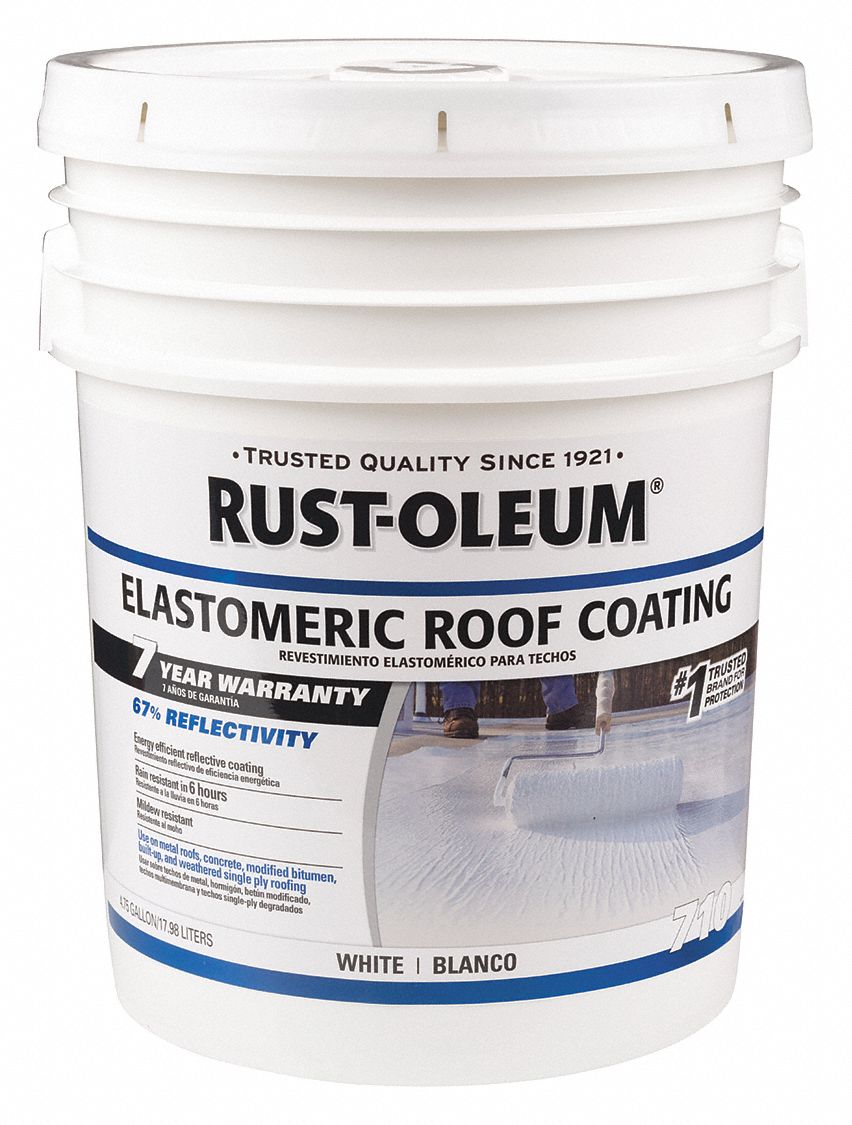 How Long Do Elastomeric Roof Coatings Last?
How Long Do Elastomeric Roof Coatings Last? Pros And Cons Of Elastomeric Coatings
Pros And Cons Of Elastomeric Coatings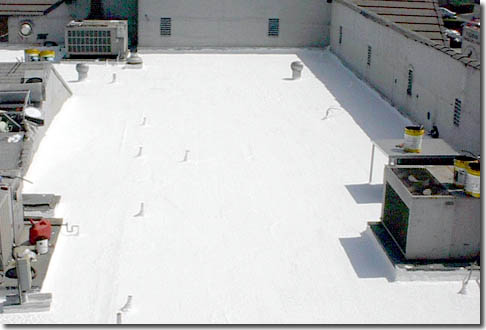 Best Practices For Roof Coating Application
Best Practices For Roof Coating Application Kool Seal White Elastomeric Roof Coating
Kool Seal White Elastomeric Roof Coating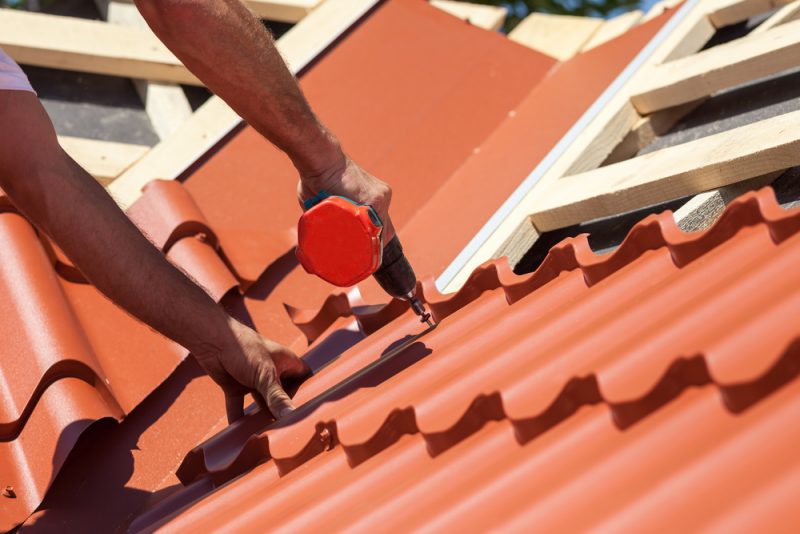 Common Problems Found During Home Inspections
Common Problems Found During Home Inspections 5 Clear Signs It Is Time For A Roof Inspection
5 Clear Signs It Is Time For A Roof Inspection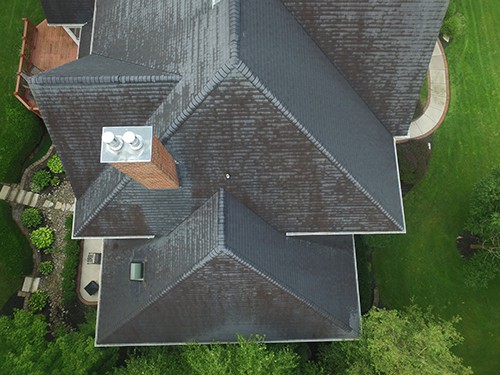 What Might Be Found During A Roof Inspection
What Might Be Found During A Roof Inspection How Much Does A Roof Inspection Cost?
How Much Does A Roof Inspection Cost? How To Choose The Best Roofing Company
How To Choose The Best Roofing Company 3 Tips To Help Homeowners Choose The Right Roofing
3 Tips To Help Homeowners Choose The Right Roofing How To Choose A Roofing Contractor
How To Choose A Roofing Contractor




